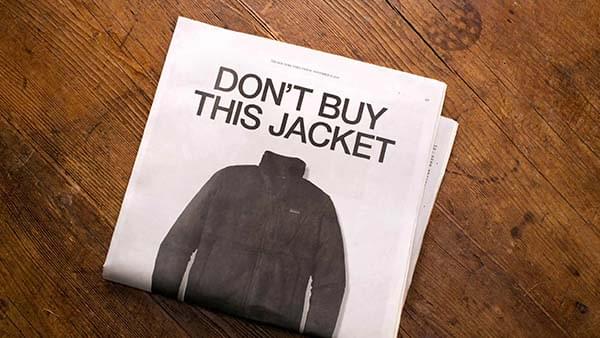
The last thing you want to do is read this article. Who in their right mind wants to learn the ins and outs of marketing? Or gain insight on the industry? Let alone gather tips on how to advertise successfully.
… Did it work? Were you reverse psychologized?
Most instances of reverse psychology are far more subtle than that. So subtle, you may not even recognize it in the ads you see daily. But the real question is, does it work?
The art of reverse psychology
Though the term “reverse psychology” wasn’t coined until the 1970s, examples of it have long before existed in marketing. And it has since evolved into a tactic used by some of the biggest name brands around.
Properly using reverse psychology is an artform. It blends nuance with purposeful, hard-hitting messaging to make a campaign that promotes the benefits of your product or service … while encouraging audiences not to subscribe.
And it’s actually rooted in understanding human behavior. No one likes being told what to do. As reactive beings, people are prone to rebellion — so when a brand says “don’t,” the customer replies, “watch me.”
Even when the answer isn’t that simple, the skepticism, criticism, or queries surrounding a campaign can cause an uptick in audience research and intrigue. Either way, you’ve caught the attention of potential customers.
Who’d ever use this strategy?
From Volkswagen to Kit-Kat to Patagonia and The Nebraska Tourism Commission (via Visit Nebraska), brands have been using reverse psychology to push products for decades, and it hasn’t stopped.
The Nebraska Tourism Commission’s “tanking” commercial is a prime example of a subtle approach. Footage of people smiling, laughing, and floating down a Nebraska river in a livestock tank pulls in the audience and sets the humorous and quirky scene. But what drives this message home is the tagline, “Honestly, it’s not for everyone.”

It’s those five simple words that cause the audience to pause and think, “Nebraska may not be for everyone … but is it for me?” And that’s what we call a smart use of reverse psychology.
Similarly, Patagonia’s “Don’t Buy This Jacket.” ad is one of the most recognizable and notable examples. But it’s far more in-your-face. The blunt headline is attention-grabbing, and it plays off the reactance of customers. It broke through the clutter. It demanded to be seen. And it ultimately worked out in Patagonia’s favor.

There’s no way this works, right?
A small survey showed that consumers — even though uncomfortable with the negativity of the messaging — found themselves further interested in the Patagonia jacket.1 Which highlighted that curiosity may play a large role in the effectiveness of reverse psychology marketing.
This strategy isn’t just about getting a reaction out of your audience. It’s about creating a solidified and trustworthy brand image. Odd, when discussing a form of deception. However, it works. Reverse psychology marketing makes your brand seem less “needy”; like you aren’t begging for purchases. All while reaping the benefits of continued sales.
In the end, it’s the intrigue, curiosity, and defiance that makes consumers want to know more about your product or try it for themselves. Which later turns into word-of-mouth advertising. Whether they discuss the campaign, the product, or mere opinions — you’re gaining traction by sparking conversation.
If you’re looking for a team of mindful creatives to craft your next campaign, MKR would love to chat (and no, this isn’t reverse psychology).
Source
1 Asian Economic and Social Society